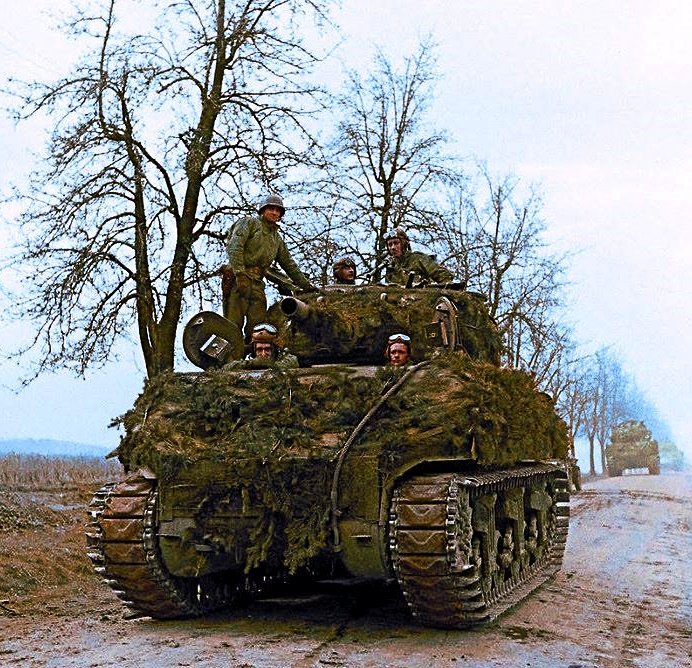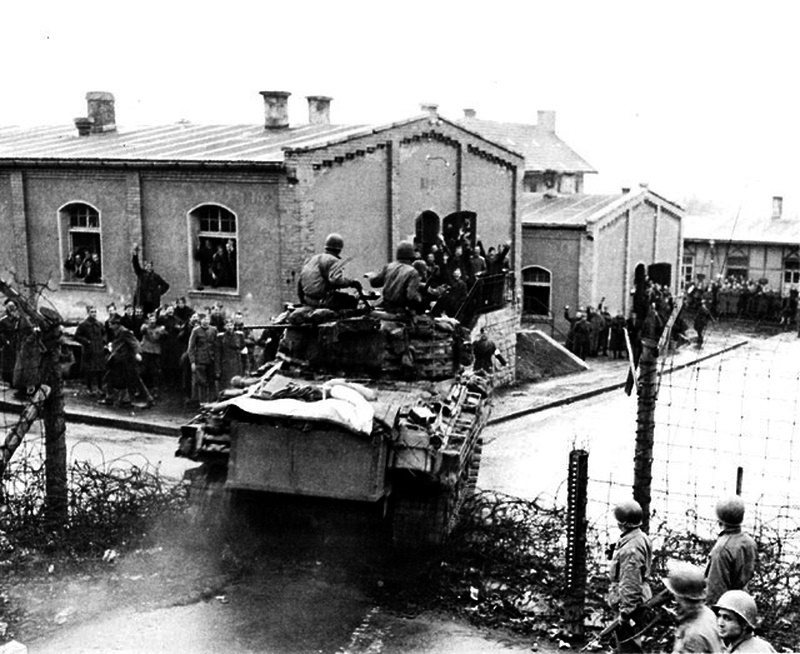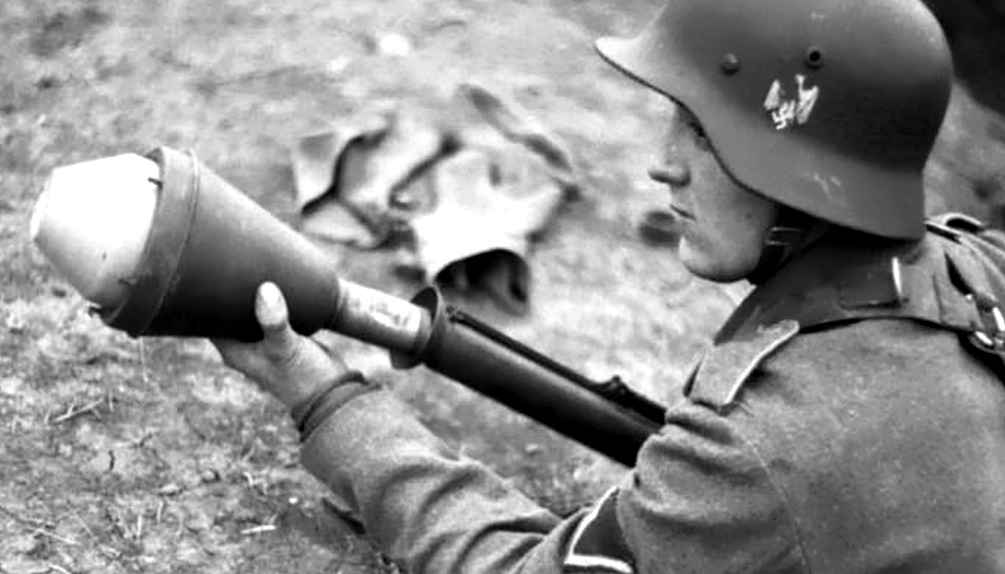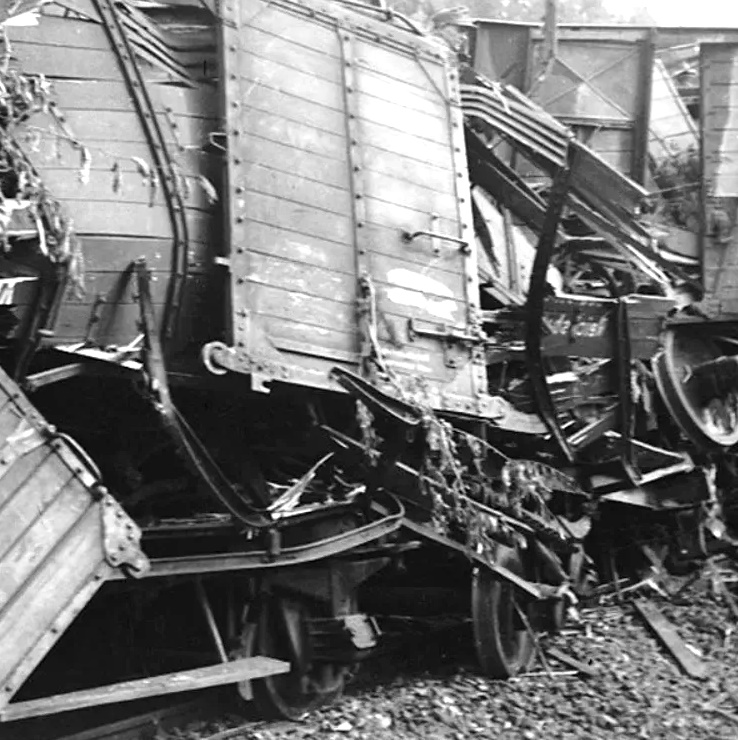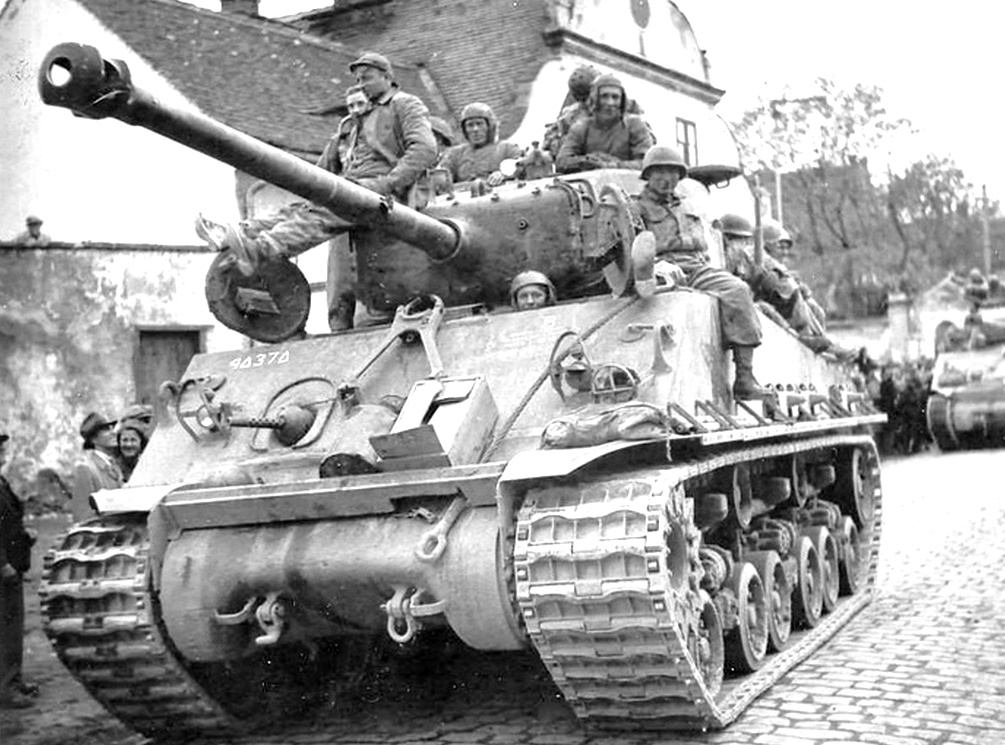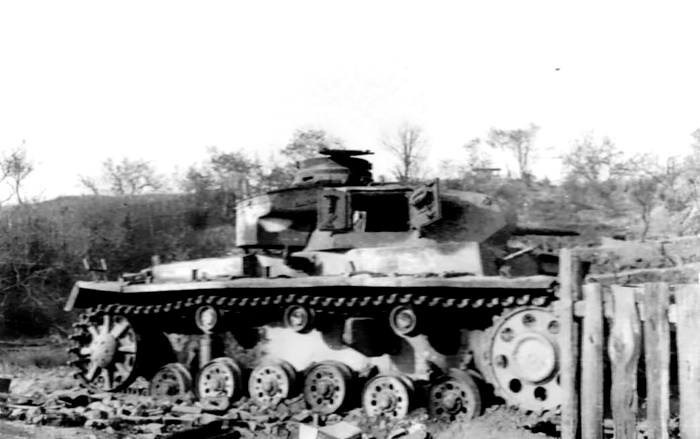Document Source: Operation of the Task Force Baum, 4th Armored Division, between Aschaffenburg and Hammelburg, March 27-28, 1945, Central European Campaign, Experience of Capt Shelden L. Thompson, Prisoner of War, Oflag XIII B, Hammelburg
 INTRODUCTION
INTRODUCTION
The American armies in Europe had, from the initial landings on the beaches of Normandy, fought well and heroically against a veteran enemy, an enemy who had from the desert of North Africa to the Steppes of Russia proved himself to be both able and dangerous on the field of battle. However, fighting on two fronts, against overwhelming forces in manpower on the east and against well-equipped and well-supplied troops on the west, the Germans were forced to withdraw from the outer bastions of Fortress Europe to the heart of the Fatherland. At the time of this operation, the Allied armies had just completed five weeks of effort which saw all hostile forces cleared west of the Rhine River. In addition to the closing of the Rhine, two crossings had been effected which set the stage for the final phase of the war in Europe, the Battle for Germany.
GENERAL SITUATION
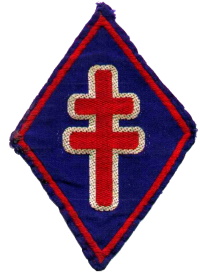
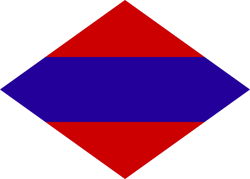 The French First Army had, by February 9, secured the Rhine River Line from Strasbourg to the Swiss Border and then settled down to lightly secured holding positions. From February 22 until March 11, 1945, after violent and steady efforts on the part of the Canadian First Army; the British Second Army; the US Ninth Army, and the US First Army; allied control of the west bank of the Rhine River was secured from Nijmegen in Holland south to Switzerland with only the gap between Strasbourg
The French First Army had, by February 9, secured the Rhine River Line from Strasbourg to the Swiss Border and then settled down to lightly secured holding positions. From February 22 until March 11, 1945, after violent and steady efforts on the part of the Canadian First Army; the British Second Army; the US Ninth Army, and the US First Army; allied control of the west bank of the Rhine River was secured from Nijmegen in Holland south to Switzerland with only the gap between Strasbourg 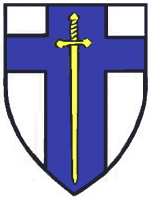 and Coblenz still in enemy hands.
and Coblenz still in enemy hands. The US Seventh Army, on March 14, attacked eastward along the river to form a junction with the US Third Army which, with the XIX Corps in the lead, had crossed the Moselle River and was racing east toward the Rhine River. Late on March 22, the 5th Infantry Division, XII Corps, in the lead, made a river crossing in Oppenheim, followed the next morning by the 4th Armored Division. Two days later, the 4th Armored Division broke out of the
The US Seventh Army, on March 14, attacked eastward along the river to form a junction with the US Third Army which, with the XIX Corps in the lead, had crossed the Moselle River and was racing east toward the Rhine River. Late on March 22, the 5th Infantry Division, XII Corps, in the lead, made a river crossing in Oppenheim, followed the next morning by the 4th Armored Division. Two days later, the 4th Armored Division broke out of the 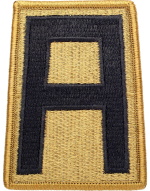
 bridgehead and in a series of long hard drives, reached the banks of the Main River.
bridgehead and in a series of long hard drives, reached the banks of the Main River.
By March 25, Combat Command B (4-AD) had secured a bridge near Hanau. CCB-4-AD captured an undamaged railroad bridge across the river, and after attacking throughout the night of March 25-26 and most of the following day, had established a bridgehead near Schweinheim just south of Aschaffenburg.

 The enemy, knocked off balance by the unexpected crossings at Oppenheim, had not been able to recover in time to prevent the crossings of the Main River, but the resistance put forth in counterattacks against the bridges indicated that the Germans command had succeeded in getting some reserves into the area in spite of Allied air power.
The enemy, knocked off balance by the unexpected crossings at Oppenheim, had not been able to recover in time to prevent the crossings of the Main River, but the resistance put forth in counterattacks against the bridges indicated that the Germans command had succeeded in getting some reserves into the area in spite of Allied air power.
DEVELOPEMENT OF TASK FORCE BAUM
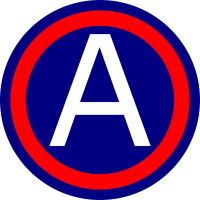
 On March 26, Headquarters, Third Army ordered CCB-4-AD to dispatch a task force of approximately two company strength, to a prisoner of war camp in the vicinity of Hammelburg Germany, a distance of approximately seventy to eighty kilometers in the rear of the enemy lines. Capt Abraham Baum, S-2 of the 10th Armored Infantry Battalion, was selected to lead the force. The mission, as later explained by Gen George S. Patton, was first to impress the Germans with the idea that we were moving east, whereas we intended to move due north, and second, to release some 900 American prisoners of war who were at Hammelburb.
On March 26, Headquarters, Third Army ordered CCB-4-AD to dispatch a task force of approximately two company strength, to a prisoner of war camp in the vicinity of Hammelburg Germany, a distance of approximately seventy to eighty kilometers in the rear of the enemy lines. Capt Abraham Baum, S-2 of the 10th Armored Infantry Battalion, was selected to lead the force. The mission, as later explained by Gen George S. Patton, was first to impress the Germans with the idea that we were moving east, whereas we intended to move due north, and second, to release some 900 American prisoners of war who were at Hammelburb.
The organization of the task force began immediately upon receipt of the orders. Charlie Co, and a Platoon of light tanks from Dog Co of the 37th Tank Battalion; Able Co, an assault gun Platoon, and a reconnaissance Platoon from the 10th Armored Infantry Battalion; plus a few medics were alerted to move sometime after dark on March 26. Task Force Baum, as the organization was called was composed of 10 officers and 282 men, well-trained, disciplined, and battle-tested. Once organized, the column consisted of ten medium tanks, six light tanks, three 105-MM assault guns, twenty-seven half-tracks, six Jeeps, and a medic Weasel.

 The 4th Armored Division had been fighting and moving steadily for the past four or five days. The warning order for the formation of the task force was not received in time to permit the men, already tired, to rest or sleep prior to departure. Nor was there sufficient time to consider important details such as extra maps, air support, extra gasoline, extra ammunition and conduct, once the objective had been attained.
The 4th Armored Division had been fighting and moving steadily for the past four or five days. The warning order for the formation of the task force was not received in time to permit the men, already tired, to rest or sleep prior to departure. Nor was there sufficient time to consider important details such as extra maps, air support, extra gasoline, extra ammunition and conduct, once the objective had been attained.
The quickest and most direct route to Hammelburg according to the map, was along the Aschaffenburg-Lohr Autobahn, over the Saale River at Gemunden, and northeast to the prison camp. The terrain, between the Aschaffenburg Area and Hammelburg, although hilly and heavily wooded, nevertheless offered good firm grounds standing for tanks and armored vehicles, even in moderately wet weather. Although the rainy season was at hand, the weather was dry and warm, with a high overcast. There was no moon and the nights were dark.
THE BREAKOUT AT SCHWEINHEIM
Three battalions of the 4th Armored Division Artillery were moved after dark to positions enabling them to give close support to the task force in its breakout from the bridgehead. Under cover of this artillery fire upon Schweinheim, Baker Co of the 37th Tank Battalion and Baker Co of the 10th Armored Infantry Battalion moved forward and commenced an assault upon the town in order to open a passage which Task Force Baum could use in its initial step toward the prison camp at Hammelburg. The fight for the town lasted from 2100 hours on March 26, until about 0130 hours the next morning. Through heavy artillery fire and repeated assaults by the tank-infantry teams, a path was finally beaten open, enabling the task force, medium tanks in the lead to move through the town without loss.
Once out of Schweinheim, the column headed due east, bypassing Aschaffenburg which was still in German hands. As he pulled out of the town the task force commander placed his light tanks ahead of the mediums to act as armored, security. They remained there until they came to the first to«n, Halbach, where some resistance was encountered. Here, the light tanks were pulled aside to permit the mediums to move up the street first. Enemy defenses were light and the lead elements, firing as they went, were able to roll through without stopping. This system of rapid movement in the dark with machine guns firing at all possible targets was successful in keeping enemy heads down. The column passed through Grünmorsbach, turned north, and kept on through two more small towns still using the medium tanks to punch holes whenever necessary. On the Aschaffenburg-Lohr road, the tank force swung east with the light tanks leading off toward Lohr, nearly thirty miles away.
Although the Germans made some efforts to halt the column, as it passed through villages along the way, the speed and violence of retaliation smothered all the task force was able to continue its move without the loss of any vehicles. On the outskirts of Lohr, the light tanks ran into a barricade across the highway and pulled aside to let the medium tanks smash through. The enemy resistance here was heavier than that previously encountered, and the task force, though successful in overrunning the roadblock, was unable to neutralize the opposition completely and did not escape unscathed. A German Panzerschreck (bazooka) disabled one of the medium tanks but the crew was picked up by an infantry half-track as it came by.
Immediately after forcing its way through this roadblock, the task force ran into a convoy of German trucks moving into Lohr from the direction of Gemünden. Without slowing, the armored column overran the convoy, leaving it badly crippled. From Lohr, the highway follows the left bank of the Main River into Gemünden, paralleling one of the main railroad lines that the enemy was using in his frantic efforts to reinforce his defenses in the Aschaffenburg-Hanau Area. While on this route, the task force met several trains headed west under cover of darkness and, following orders to create havoc and confusion in the enemy’s rear, fired on every train encountered.
When the column arrived at the outskirts of Gemünden shortly after daylight, the railroad yards were found packed with trains awaiting clearances to move. Capt Baum relayed this information via a divisional liaison plane to the 4th Armored Division Headquarters and later in the day, a medium bomber raid was mounted on the town, paralyzing all traffic and destroying, among others, a freight train loaded with captured American cigarettes, candy, and fruit bars destined for German troops at the front. In Gemünden, a railroad and highway focal point and division marshalling area, the force met stiff but not too well-organized resistance and it became necessary for the infantry to deploy in order to give the tanks close-in protection against the dangerous Panzerfaust (bazooka) attacks.
Another tank was lost to the task force when it was hit by a Panzerfaust Rocket fired from the second-story window of a building. Two of the crew members were slightly wounded. A short time later the officers, including the task force commander, were hurt when a third tank was put out of action. Several casualties among the infantry added to the price the column paid in moving through the town. In order to follow the planned route to Hammelburg it was necessary to cross a bridge over the Saale River in the center of the town. Just as the head of the column fought its way, to the bridge, a German demolition team on the other side of the river succeeded in blowing it. Two infantrymen working their way toward the bridge were killed in the explosion.
Another crossing point had to be found before the force could continue toward its objective. With much difficulty and the loss of another medium tank, the column covered by the reconnaissance section disengaged itself from the action and headed north along the left bank of the Saale looking for another bridge. The Sinn River flowing from the northwest into the Saale, force the task force to veer to the left even farther from its objective. The column probing and searching for a crossing followed the river for 10 or 12 kilometers to Burgsinn, where it found, with the guidance of a prisoner, a bridge that could be used. After crossing the Sinn, feeling its way toward Gräfendorf where, according to a German civilian, they would find another good bridge. Once in Gräffendorf, where the task force inadvertently liberated a Russian labor camp, it headed for the river, found the bridge, crossed and started up the steeply graded road into the village of Weickersgrüben, only four miles from the Stalag in Hammelburg, the objective.
On the way into Weickersgrüben a German Fieseler 156 Storch liaison plane flew over the column, which immediately pulled to the sides of the road and prepared to open fire. The plane circled the area but did not come within firing range so the vehicles moved back into the road and continued toward Hammelburg. In the approach to the next village, Obereschenbach, two German tanks were seen about a mile northeast of the town. Shots were exchanged but the Germans withdrew without causing any damage and the task force continued its movement, using the reconnaissance patrol to observe for the possible reappearance of the enemy tanks on the flank. Since there was enemy armor in the vicinity the task force commander decided to split the column into two elements. In the event of an attack, one element was to take the shortest route to the camp while the other element, consisting of medium tanks and assault guns, engaged the enemy.
The medium tanks were leading the column and had turned east from Untereschenbach onto the road along the Franconian Saale River when the German Storch was again spotted overhead. Every .50 caliber machine gun opened fire. The plane, well within range, seemed to jolt from the impact and wobbled off to crash somewhere in the valley behind. A few minutes after the plane was shot down the medium tanks surprised a column of three German Mark III tanks and some lightly armored vehicles moving along the road from Pfaffenhausen. The task force commander although not expecting trouble from that direction was nevertheless ready for the action. He directed the mediums tanks and two of the three assault guns to engage the enemy while the remainder of the column, minus two infantry platoons, moved up the hill to the Prisoner of War Camp as planned.
The tanks took positions in hull defilade behind the Hammelburg-Untereschenbach road and opened fire on the foremost German tank. The surprised enemy immediately deployed into the field in an effort to return the fire. Caught on the river flats in a restricted maneuvering area, blinded by smoke shells fired by the assault guns and forced to stand in the face of almost point-blank HE and AP fire from the American tanks behind the road, the enemy had little chance of victory. All three German tanks and their accompanying armored vehicles were knocked out, but four American half-tracks and two Jeeps were hit by the Germans as they sought to work their way up the hill toward the prison camp.
